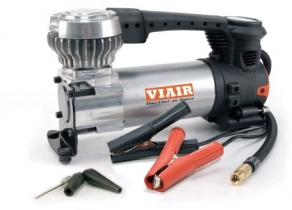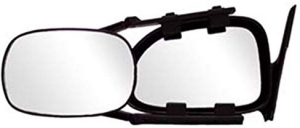-
Welcome to Tacoma World!
You are currently viewing as a guest! To get full-access, you need to register for a FREE account.
As a registered member, you’ll be able to:- Participate in all Tacoma discussion topics
- Communicate privately with other Tacoma owners from around the world
- Post your own photos in our Members Gallery
- Access all special features of the site
CAI Are Bad News!!!!!!!!
Discussion in '2nd Gen. Tacomas (2005-2015)' started by monsterkx2fiddy, Sep 2, 2012.
Page 2 of 9
Page 2 of 9


 PreRunner Friendly Trails in AZ
PreRunner Friendly Trails in AZ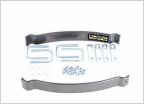 SHOCKS for the rear
SHOCKS for the rear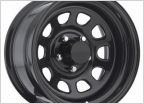 Pro comp wheels fit?
Pro comp wheels fit?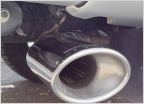 Is the TRD Cat-Back Exhaust right for me?
Is the TRD Cat-Back Exhaust right for me? Oil filter.
Oil filter.









